WW2 various RAF types
1. Brewster B-339B Buffalo Mk.I (AS417) Royal Navy This was one of fourty B-339Bs ordered by Belgium. The first, while being delivered early May, 1940, ended up in Germany. In June 1940, while on delivery to the French forces in Europe, another six were diverted to Martinique. These six, and the remaining 33 from the Belgian order were to be taken up by Britain, the s/ns AS410-437, AX811-820 and BB450 being reserved for that purpose. However the six at Martinique were destroyed. Some of the B-339s were used by the RAF but most were assigned to the FAA of the Royal Navy, serving with 759, 805 and 855 Squadron. AS417 served with 759 Squadron and later became an ‘Admirality Instructional Airframe’ s/n A37
—
2. Consolidated 32 Liberator Mk.II Royal Air Force
—
3. Heinkel He 111 (AW177) Previously 1H+EN of KG 26
—
4. Enlargement of No.3
—
6. Handley Page H.P.57 Halifax
B.Mk.I Srs.I Royal Air Force This is the first production model of the Halifax. Points to note on these very early Halifaxes are the wavy camouflage demarcartion line half way up the fuselage, the lack of a teardrop observation blister on the side of the nose, aileron mass balances on the lower surface and Handley-Page slats on the leading edge – all of which were quickly changed on following variants.
—
7. Avro Lancaster B.Mk.I (R5556) This aircraft was built by A.V. Roe and Co., Ltd., at Manchester, Lancashire, England, U.K. and delivered to the RAF between February and July 1942. It was initially assigned to No. 44 Squadron as KM-C and based at RAF Waddington, Lincolnshire, England. It was subsequently assigned to No. 44 Conversion Flight and No. 1661 Converserion Unit. This aircraft was destroyed by fire on March 13, 1943
—
8. Fiat Cr.42
—
9. Baltimore Photographed at Duxford 1941-1942
—
11. Heinkel He 111 Royal Air Force Possibly photographed at Air Fighting Development Unit, Duxford, UK, 1941-42
—
13. Short S.29 Stirling Mk.I (N3667) his photo of Short Stirling LS-T N3667 was taken in September 1941 during its brief stay at AFDU Duxford while assisting in establishing defensive tactics. At the time of the photo N3667 had already flown six operations with 15 Squadron. It was soon returned to squadron service and was written off on October 12, 1941 after returning from its seventh mission to Nürnberg when it overshot and hit obstructions
—
14. Hurricane Unknown Mark
—
16. Junkers Ju88 photographed at Air Fighting Development Unit, Duxford, UK, 1941-42
—
17. Fiat Cr.42
—
18. Bell Airacobra Mk.I Royal Air Force
—
19. Gloster Meteor
—
21. Supermarine 356 Spitfire F.Mk.21 (LA215) Royal Air Force photographed at Air Fighting Development Unit, Duxford, UK
—
25. North American NA-73 Mustang I (AG422 c/n 73-3177)
—
28. Stinson 74 Vigilant (HL432) Royal Air Force photographed at Air Fighting Development Unit, Duxford, UK, 1941-42.
—
32. Hawker Typhoon Mk.IA Royal Air Force I believe this is one of the first 15 Typhoon Mk.IA’s. The wing is clearly the thick Typhoon unit. The basis of the Tempest design was the replacement of the thick wing with one of much thinner section and better high speed and high altitude characteristics. To my knowledge no Tempest ever flew with the Typhoon wing. Note also the 3-bladed prop. In addition, the machine has the solid fairing aft of the cockpit seen only on the earliest of Typhoons and long gone before the Tempest flew. The original fairing was supplanted by a perspex fairing early in the Typhoon’s operational career and eventually replaced entirely by a very clean bubble canopy that carried through to all operational Tempests. The aircraft appears to be unarmed though at that period (1941) the 12 machine gun ‘A’ wing armed the Typhoon. Lastly, the picture is labelled 1941 and the roundel style bears that out. The first Tempest did not fly until late 1942
—
34. Supermarine Spitfire Royal Air Force Unknown Mark Possibly photographed at Air Fighting Development Unit, Duxford, UK, 1941
—
35. Supermarine 361 Spitfire F.Mk.IX (AB505) Royal Air Force Possibly photographed at Air Fighting Development Unit, Duxford, UK, 1941-42
—
36. Junkers Ju88 Possibly photographed at Air Fighting Development Unit, Duxford, UK, 1941-42
—
37. Avro Manchester B.Mk.I (L7319) First Manchester to be shot down: March 13, 1941, shortly after take-off from Waddington.
—
43. North American NA-73 Mustang Mk.I photographed at Air Fighting Development Unit, Duxford, UK, 1941
—
44. Fw190 photographed at Air Fighting Development Unit, Duxford, UK, 1941
—
45. Bristol 156 Beaufighter Royal Air Force
—
Me109_1 Messerschmitt Bf 109 E-3 (AE479 c/n 1304) Several Bf 109 E’s were captured intact by the French shortly after the outbreak of war in September 1939. They were taken at once to the flight test center at Bricy near Orleans and were the subject of very thorough descriptive and brief performance by the French Aeronautical Service. At the conclusion of the French trials at least two Bf 109 E’s, still in French markings, were sent to the Aeroplane & Armament Experimental Establishment, by then at Boscombe Down, Wiltshire, England, UK, having transferred there from Martlesham Heath, Suffolk upon the outbreak of the war. AE479 arrived at Boscombe Down on May 3, 1940 escorted by a Husdon and three Blenheims. Much of the subsequent evaluation was carried out by Flying Officer J.E. Pebody It is most likely the above photo was taken during a flight from Duxford, Cambridgeshire, England, UK, in 1941 after a new tail unit and a later-type canopy had been fitted, following an accident at the A&AEE at Boscombe Down on January 5, 1941
—
Me109_4. As above
—
Me109_2. Messerschmitt Bf 109 G-6/U2 (TP814 c/n 412951) Possibly photographed at Air Fighting Development Unit, Duxford, England, UK, 1941-42
—
Me110. Messerschmitt Bf 110 C-4 (AX772 c/n 2177) photographed at Air Fighting Development Unit, Duxford, UK, 1941 This aircraft belonged to 4(F)/14 and was force-landed by gun-fire at Goodwood, England on July 21, 1940. It was repaired at RAE Farnborough, England with parts of another Bf 110 that was shot down near Wareham, England on July 11, 1940. It was flown for the first time on February 15, 1941. Later it was tested at RAE Duxford wearing a new colour scheme and the s/n AX772. After the trials the aircraft was taken on strength by No. 1426 Flight’s Circus. It was stored in November 1945 and subsequently scrapped in November 1947
Mick Gladwin


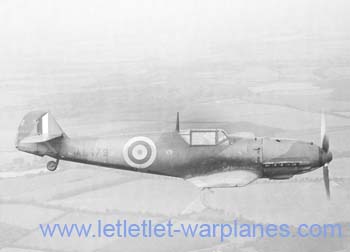
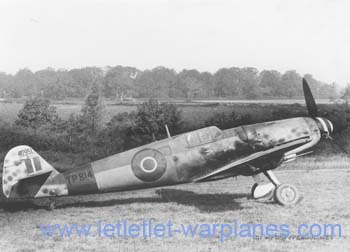
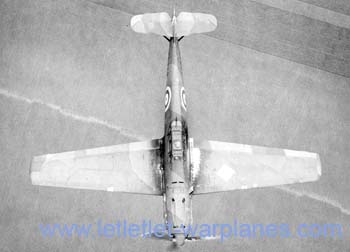

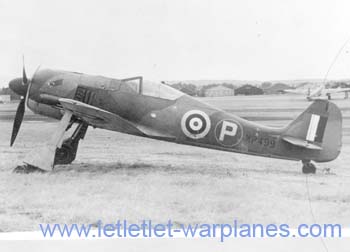
























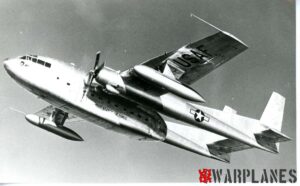
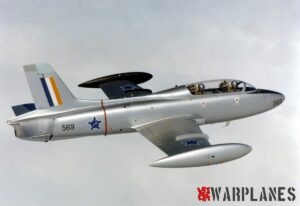

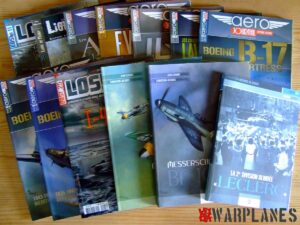
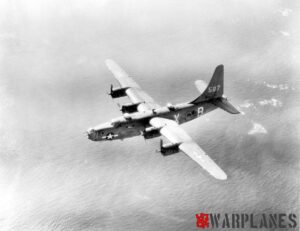
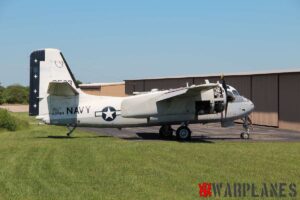
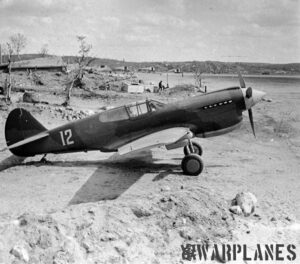
Dear Mr. Gladwin,
my name is Dietmar Hermann and I have published some books about german Focke-Wulf airplanes. As a staff member of the german airplane magazine Flugzeug Classic I am working for an article about the testing of the Messerschmitt Bf 109 G-6, TP 814, by the AFDU in 1944.
I have seen that you hold a nice picture from the TP 814 in your archive. Is it possible that you can make available this photo for my article ?
I hope to hear from you soon.
With best wishes
Dietmar Hermann